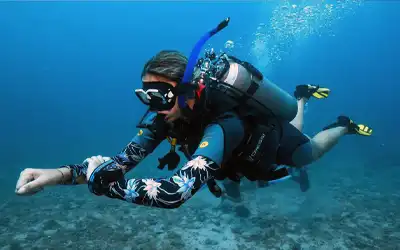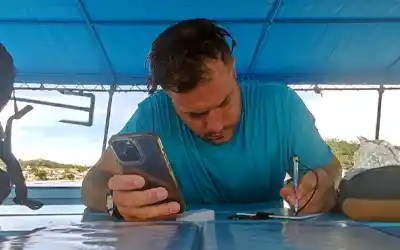Signs of Decompression Sickness: How to Recognize Symptoms of the Bends
Scuba diving is the most exhilarating way to explore Koh Tao’s underwater world. But like any adventure sport, it comes with some risks. While scuba diving is an incredibly safe sport when done properly, it actually involves physics and human physiology.
Although rare, one of the more serious risks is decompression sickness (DCS), also known as ‘the bends’. When things go wrong, knowing the signs of decompression sickness can make all the difference.
So grab your dive log, take a deep breath, and let’s break down decompression sickness symptoms in a way that’s clear and easy to remember.
What Is Decompression Sickness Anyway?
Decompression sickness happens when dissolved nitrogen in your body forms bubbles because you’ve ascended too quickly, overstayed your bottom time, or skipped decompression stops. Think of it like opening a shaken soda bottle. The sudden pressure change causes bubbles to form, except in this case, they form inside your bloodstream and tissues.
These bubbles can affect your body in several ways, ranging from mild joint pain and fatigue to severe neurological effects. Left untreated, DCS can cause lasting health problems or even be life-threatening.
That’s why understanding the symptoms of the bends and learning how to avoid decompression illness are an essential part of every diver’s safety training.
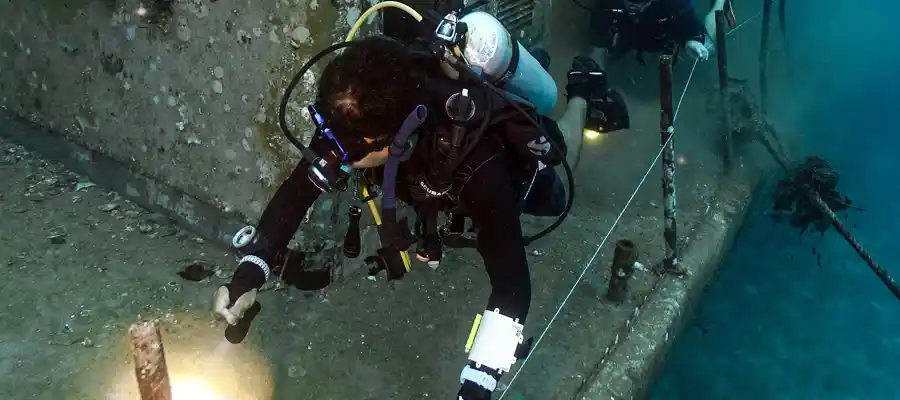
DCS vs. DCI – What’s the Difference?
Divers often hear the terms DCS (Decompression Sickness) and DCI (Decompression Illness) used interchangeably, but they’re not quite the same. DCS refers specifically to nitrogen bubbles forming within body tissues and blood vessels.
DCI, on the other hand, is a broader term that includes both DCS and lung overexpansion injuries. In other words, every case of DCS is a form of DCI, but not every DCI case is DCS.
While it might seem like a small difference, understanding it is important. Both conditions are serious, and the emergency response is identical: stop diving immediately, breathe 100% oxygen, and seek professional medical attention right away. Knowing what to do if you have decompression sickness can dramatically improve the outcome.
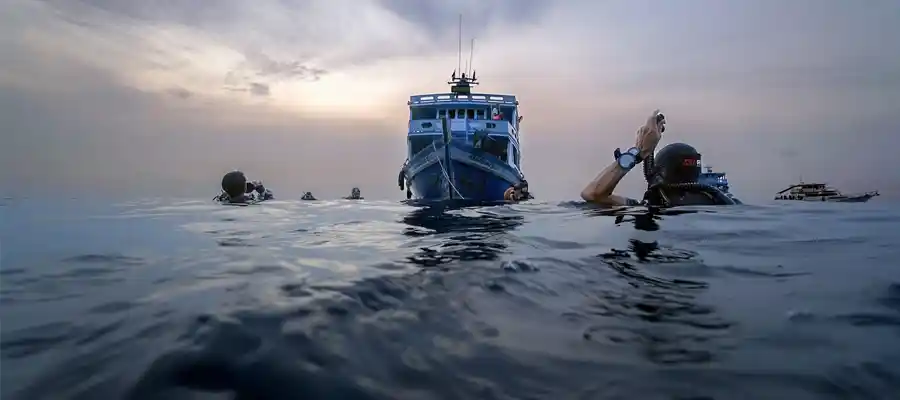
Common Signs of Decompression Sickness
Recognizing the signs of decompression sickness early is crucial. Decompression sickness symptoms can appear minutes or even hours after surfacing, and they often resemble other common conditions. Staying alert after every dive is key to catching problems before they become serious.
Here are the most common symptoms of the bends to watch for:
- Joint and Muscle Pain: Often described as a dull ache, usually in the shoulders, elbows, knees, and/or fingers.
- Skin Changes: Itching, rashes, or a mottled, marbled appearance.
- Neurological Symptoms: Numbness, tingling, dizziness, confusion, difficulty walking, or even paralysis in severe cases.
- Extreme Fatigue: Feeling way more tired than you should after a dive.
- Breathing Issues: Shortness of breath or chest pain.
- Balance or Vision Problems: Blurred vision, vertigo, or loss of coordination.
Many of these symptoms can be mistaken for dehydration (especially in tropical dive destinations like Koh Tao), exhaustion, or even a hangover. Staying hydrated is one of the easiest ways to avoid decompression illness and reduce your risk of post-dive fatigue.
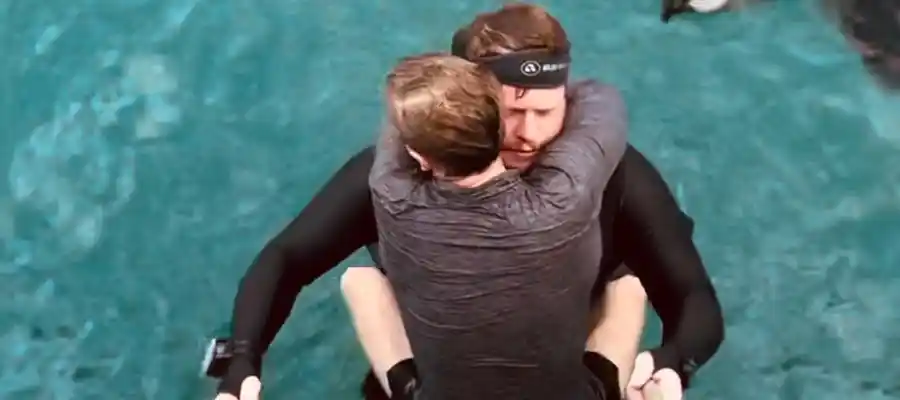
Quick Checklist: 5-Minute Neuro Exam for Divers
If you suspect signs of decompression sickness, this quick test can help you or your dive buddy identify neurological symptoms before they worsen.
Balance & Coordination: Can you stand on one leg for 10 seconds? Can you walk heel-to-toe in a straight line?
Strength: Test both arms and legs. Is there any weakness?
Sensation: Light touch or pinprick. Is there any numbness or tingling?
Vision and Speech: Check for double vision, slurred speech, or difficulty focusing.
Cognition: Can you recall three objects after one minute? Can you follow simple instructions?
If you notice any abnormal results, even mild ones, treat them as a warning sign and take immediate action. Knowing what to do if you have decompression sickness can prevent permanent injury.
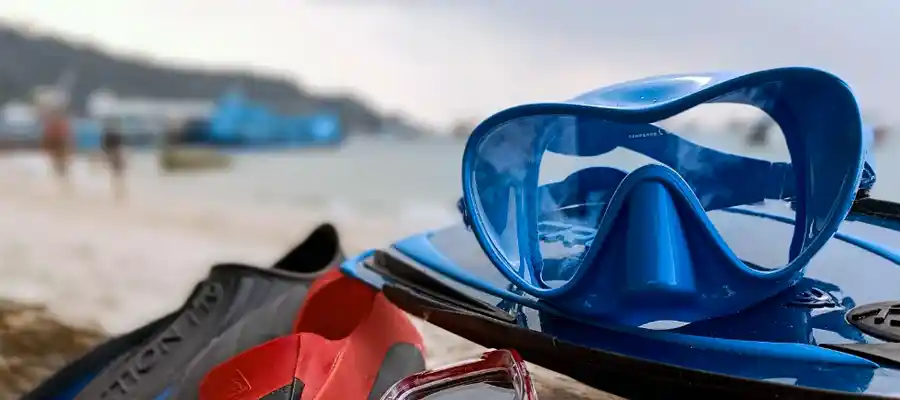
What to Do for Decompression Sickness
Here is a clear step-by-step plan for what to do if you have decompression sickness or suspect decompression illness after a dive:
- Stop Diving Immediately
Do not attempt another dive “just to be sure.” Continuing to dive will worsen your condition. Using the ocean for in-water recompression is extremely dangerous and never recommended. - Call for Help
Notify your dive operator or local dive center (Crystal Dive, for example). They have emergency procedures in place and can quickly contact the nearest hyperbaric chamber. - Administer 100% Oxygen
Breathing pure oxygen helps the body eliminate nitrogen bubbles and improves oxygen delivery to tissues. Most professional dive centres keep oxygen kits on hand for these emergencies. - Hydrate
Drink water or an electrolyte solution. Dehydration can increase your risk of decompression sickness symptoms and make recovery harder. Avoid alcohol and caffeine, as both can worsen dehydration. - Keep the Diver Flat and Still
Lay the person horizontally and keep them calm. Avoid unnecessary movement that could worsen bubble circulation in the body. - Transport to Hyperbaric Chamber
The only definitive treatment for decompression sickness is recompression therapy in a hyperbaric chamber. Koh Tao has its own chamber staffed by trained professionals, available 24 hours a day for divers in need.
How to Avoid Decompression Illness
As the saying goes, prevention is better than a cure. These simple habits and precautions will help you learn how to avoid decompression illness and reduce your risk of DCS when you dive.
Follow Dive Tables or Computers: Stay within your no-decompression limits and plan your dive before descending.
Ascend Slowly: Standard ascent speed is no faster than 9 to 10 meters per minute. Always include a safety stop at 5 meters for at least 3 minutes, even after shallow dives.
Plan Multi-Dive Days Carefully: Allow adequate surface intervals between dives to let your body off-gas safely.
Stay Physically Fit: Obesity, fatigue, and illness increase your risk of decompression sickness symptoms.
Wait Before Flying: Allow at least 24 hours after your final dive before boarding an airplane.
Avoid Alcohol Before or Between Dives: Alcohol dehydrates and can hide early warning signs.
Think of DCS prevention as your personal dive insurance. The guidelines may feel strict, but they exist for one reason: to keep you safe.

Hydration: Your Secret Weapon Against the Bends
Here’s a tip every diver on Koh Tao needs to hear: drink water like your dive depends on it, because it does. Tropical heat, long hours in the sun, and breathing dry tank air can dehydrate you faster than you realize.
Why does this matter? Many decompression sickness symptoms, such as fatigue, headache, dizziness, and muscle cramps, overlap with dehydration symptoms. Not every ache after a dive means symptoms of the bends; sometimes your body simply needs water.
Hydration Tips for Scuba Divers
- Drink at least 500ml to 1 liter of water before and after every dive.
- Sip steadily throughout the day instead of drinking all at once.
- Avoid alcohol and excessive caffeine, which cause dehydration.
- Include electrolytes if you’re sweating heavily in the sun.
Remember, proper hydration starts at least 24 hours before a dive. Drinking large amounts of water right before a dive will not provide the same benefit. Staying hydrated will not replace safe ascent rates or dive computer limits, but it will reduce the chance of mistaking dehydration for decompression sickness symptoms.
Pro tip: A hydrated diver is alert, energetic, and far less likely to experience post-dive fatigue.
Avoiding Decompression Illness: Safe Diving for Koh Tao
Koh Tao is known as one of the safest and most beginner-friendly dive destinations in the world. Most dives are shallow, currents are mild, and dive centers like Crystal Dive place safety above all else. However, DSC can affect anyone. Even short or shallow dives can lead to decompression sickness symptoms if ascent procedures are ignored.
At Crystal Dive, we focus on developing divers who are confident, responsible, and safety-minded. Knowing the signs of decompression sickness, understanding what to do if you have decompression sickness, and maintaining good hydration are all parts of being a responsible diver.
Share this knowledge with your buddy, follow safe diving practices, and remember what to do if you have decompression sickness. A little caution goes a long way underwater.
Final Thoughts: Be Prepared, Not Paranoid
Diving is meant to be fun, inspiring, and safe. Treat DCS like a serious but manageable risk. Know the decompression sickness symptoms, follow prevention guidelines, and remember your emergency procedures.
By spotting the early signs of decompression sickness, acting fast, and learning how to avoid decompression illness, you ensure that every dive on Koh Tao is memorable for the right reasons (coral gardens, turtles, and maybe even a cheeky whale shark) rather than a medical emergency.
Dive smart, ascend slowly, hydrate generously, and keep your buddy (and your body) safe.



